2009 Nissan GT-R SpecV First Drive
The SpecV is easily the most anticipated Japanese performance car of the year. When test mules were originally caught running laps at the Nürbugring last April the rumors quickly began to spread. There was talk of power being bumped as high as 550 horsepower which, combined with the expected lower weight, would create an unbeatable package.
FAST FACTS
| 1. The GT-R SpecV makes 485hp (the same as in the 2009 model) but offers an Overboost function with 14 extra ft-lbs of torque after 3000 rpm in 3rd gear and beyond. |
| 2. The Spec V weighs 132 lbs less than the standard model thanks to lighter 20-inch Rays wheels, carbon ceramic Brembo brakes and the removal of the rear seats. |
| 3. Sadly, there are no plans to bring the car to North America. |
The standard GT-R has already created a big enough stir, especially with the 2009 refined version clocking a staggeringly quick 7:29 lap time at the Nordschleife, but most were wondering if Nissan could really improve so dramatically on such an already impressive supercar. The simple answer is yes. We were invited to drive the SpecV at the challenging Sendai Hi-Land Raceway, high in the mountains above Sendai City, Japan.
FIRST A FEW LAPS IN THE OLD GT-R
The schedule was a simple one. We would first take out the 2007 GT-R for a few laps to get accustomed to the track and the car, as simply jumping into the SpecV and doing a few quick laps would be fruitless without having something to compare it to. As chief project leader Mizuno-san explained in the brief presentation, the aim of the SpecV from the onset was to refine the driving dynamics of the stock car to create something special.
The 2007 car feels great out on the twisty and highly technical road-course, but it wasn’t until I jumped into the revised 2009 GT-R that I realized what a difference minor tweaks and changes can make. The ’09 feels tighter through the corners thanks to slightly firmer spring rates and retuned dampers, while the steering is more communicative thanks to stiffer bushes in the front lower suspension arms.
Tighter tolerances in the engine building process and a retuned engine management system allow for a smoother feeling engine with a minor, five horsepower, bump in power. This is the same engine as used in the SpecV so the power remains the same at 485 ponies. Don’t let that fool you, however, as there is much more to the higher-performance GT-R than numbers can reveal.
The SpecV is the perfect example of attention to detail. It proves that a car can be made faster without touching the engine, which, let’s be honest, is hardly sluggish!
NEW BILSTEIN SHOCKS WITH STIFFER SPRINGS
First up, the suspension. Twenty percent stiffer overall, it comes with new setup of Bilstein dampers and stiffer springs all around. The dampers lose the active adjustability found in the base cars, so they are effectively always in R-mode. The stabilizers have also been stiffened up to keep the car flatter through the corners.
Out on track the SpecV feels much more alive, far more eager to turn in, allowing you to bring more speed into the corner. Powering out is a pure joy as you can get on the throttle so early thanks to Nissan’s impressive AWD system.
IMPROVED STEERING THANKS TO REDUCED UNSPRUNG WEIGHT
The steering is direct and alive with feedback, thanks to the considerable reduction in unsprung weight coming from the Rays Engineering forged 20-inch wheels, as well as the Brembo carbon ceramic braking system. The latter is simply monumental, offering strong and unrelenting braking power at any time, and as Mizuno-san points out, this includes less than ideal conditions, such as in the wet or when the temperature is quite low. What makes it so good though is its accuracy. The pedal feel is meaty but never wooden like a lot of carbon-ceramic set-ups are. You can brake later and harder and once you are stepping firmly on the middle pedal there is always that little bit of extra modulation left in the travel that allows you to finely adjust braking power, and smoothly back off. It really is a revelation and Mizuno-san calls it the best braking system in the world – something we really have to agree with.
TURN OFF THE STABILITY CONTROL FOR SOME REAL FUN
With the traction control in R-mode the yaw sensor allows a few degrees of oversteer before power is smoothly cut to realign the car. But to appreciate all the work that has gone into the SpecV you have to flick the stability control toggle switch down to the OFF position. At this point the car gets a little livelier, and a little more nervous under power but it still inspires confidence and pushing harder makes it really come alive. You have to be smoother accelerating out of tighter second gear corners or you’ll find yourself winding way too much opposite lock.
Through the in-field section at Sendai the SpecV can be thrown from left to right with great agility for such a heavy car, even if it does weigh 132 lbs less than the standard model.
The beautifully constructed titanium exhaust system gives a richer and more throaty tone to the twin turbo V6. The overboost function allows for an extra 14 ft-lbs of torque in the mid range, accessible only in third gear and up and from 3000 rpm onwards. And if you really concentrate you can notice the difference it makes – although the SpecV could certainly handle more.
STRIPPED DOWN INTERIOR ACTUALLY MORE COMFORTABLE
Inside the rear seats have been eliminated and replaced by “jetfighter-like” quilted covers, while the carbon Recaro seats are very supportive and a lot more comfortable than those found in the base models. Carbon is the main theme of the car and there is plenty of it to see like the dashboard trim and the Bose subwoofer enclosure in the interior and the beautifully made carbon rear spoiler and front grille. Small carbon brake intakes have also been added to the front lip spoiler.
THE VERDICT
The SpecV really does make a great argument for itself out on track, but costing twice as much as the run of the mill GT-R, there is just not enough on offer to warrant such a massive price difference. The handling and brakes are phenomenal but we fear the car will only appeal to a small group of enthusiasts (as intended we suppose). Nissan is only building 30 a month and there is no intention to offer the car stateside.
PLUS
- Improved steering thanks to reduced unsprung weight
- Outrageously good carbon ceramic Brembo brakes
- New Bilstein shocks and stiffer springs mean the SpecV is always in R-mode
MINUS
- Double the price of a Standard GT-R
- Overboost function too tame
RELATED READING
More by Dino Dalle Carbonare















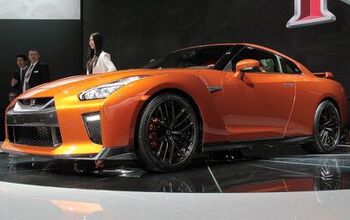
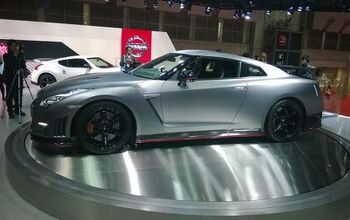




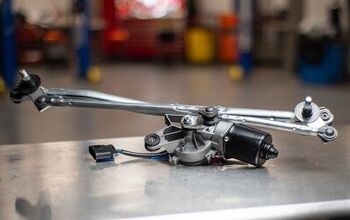
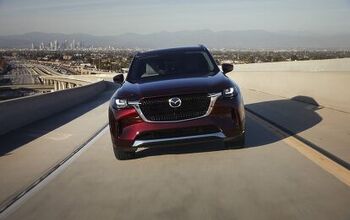




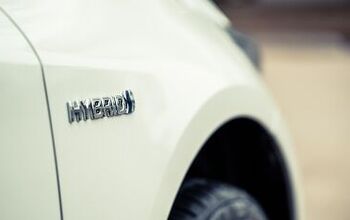

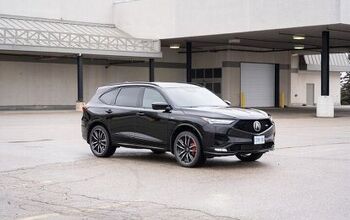
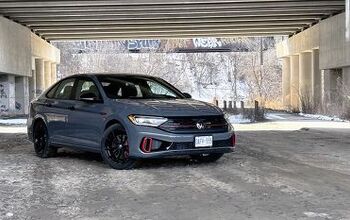
Comments
Join the conversation